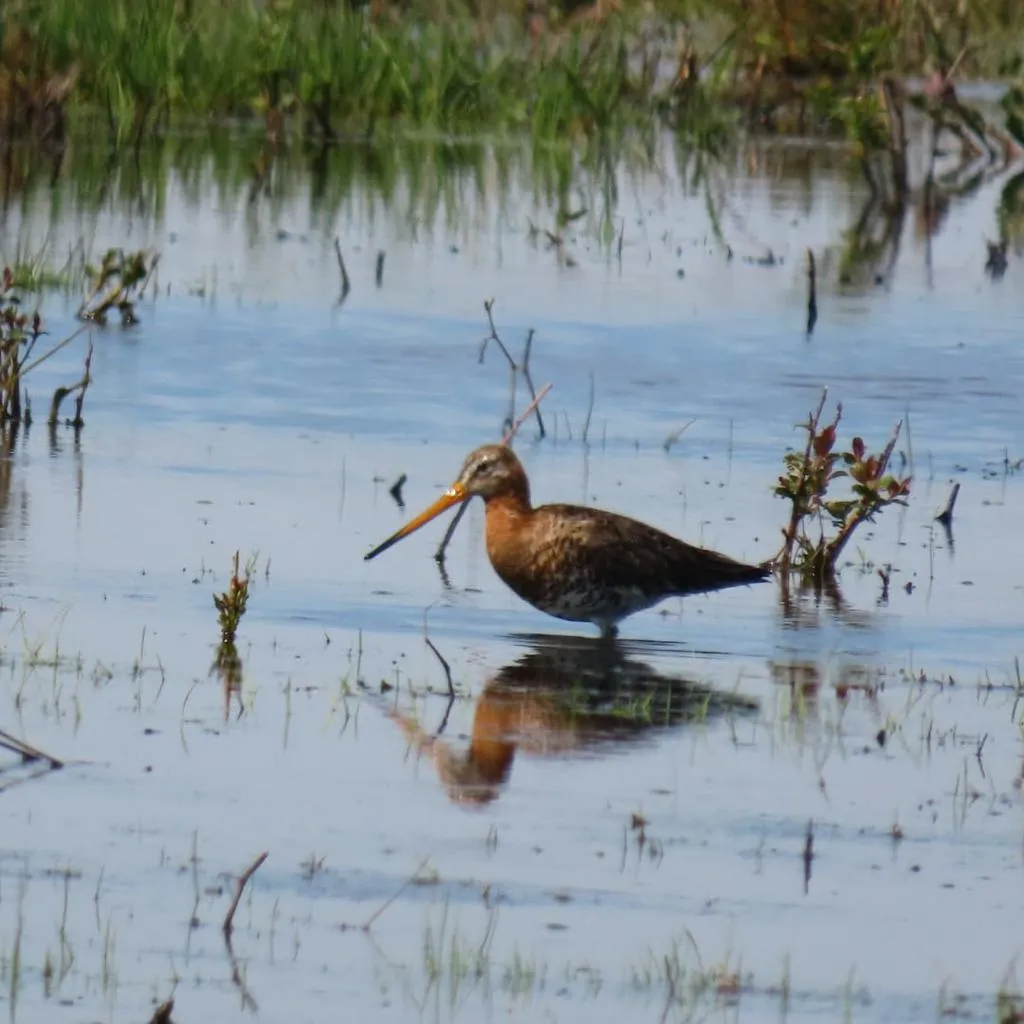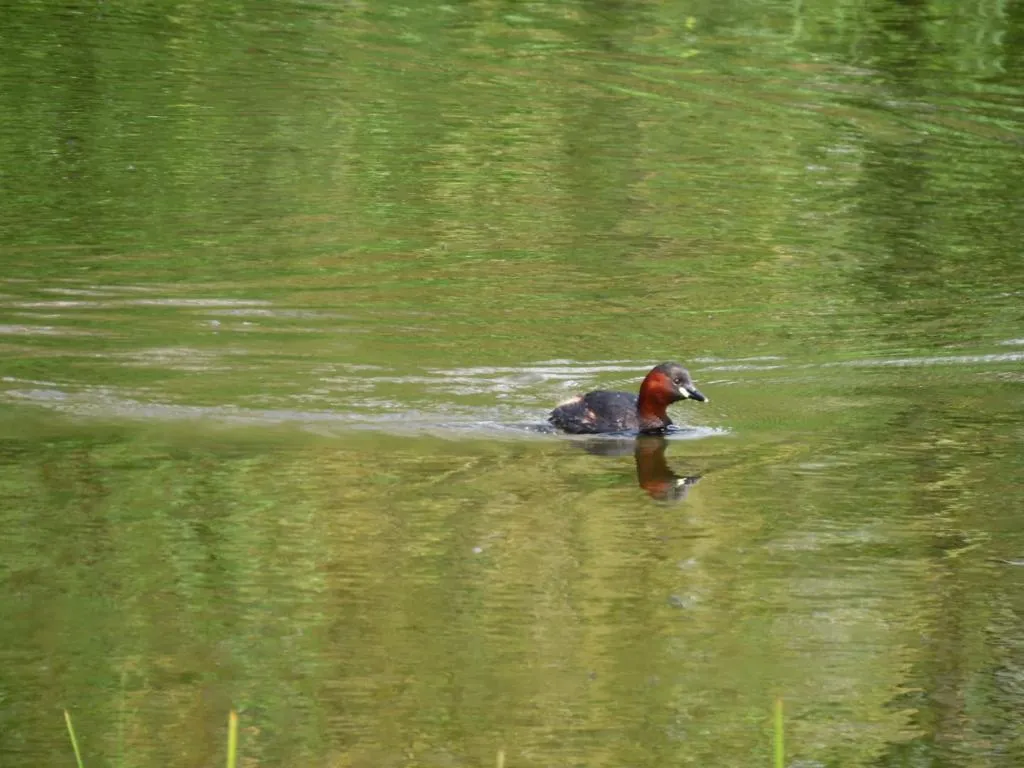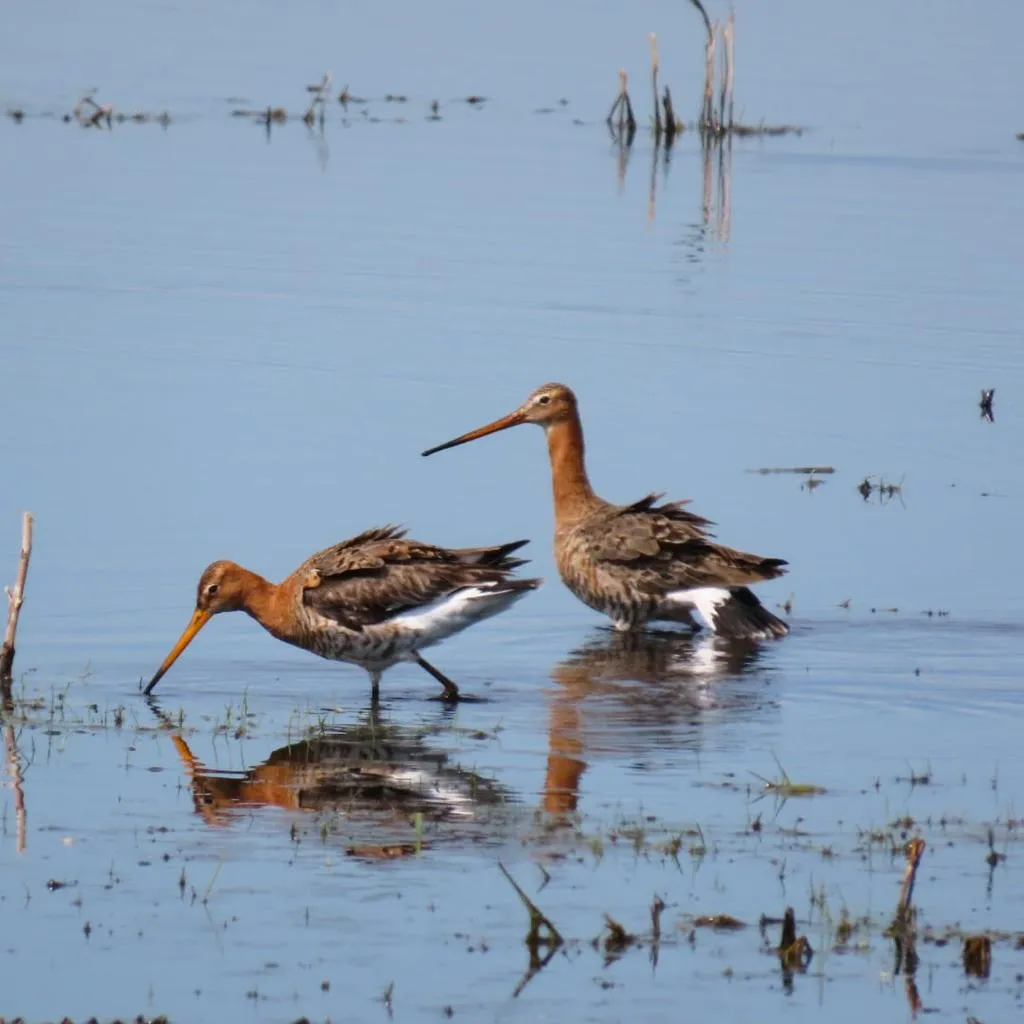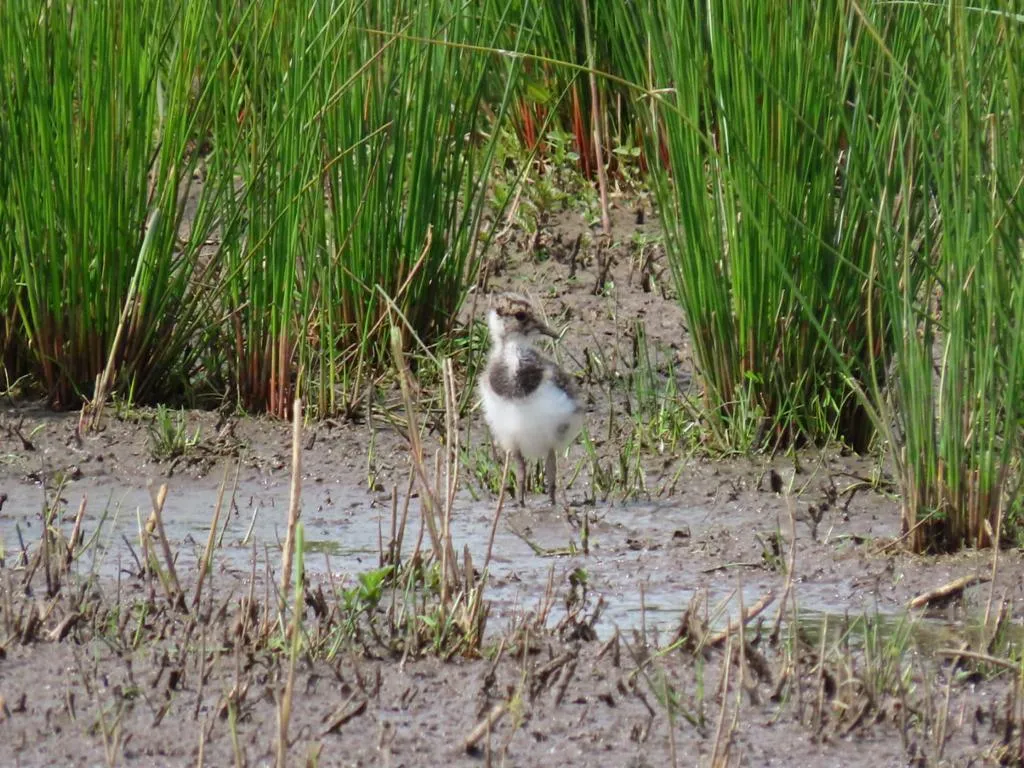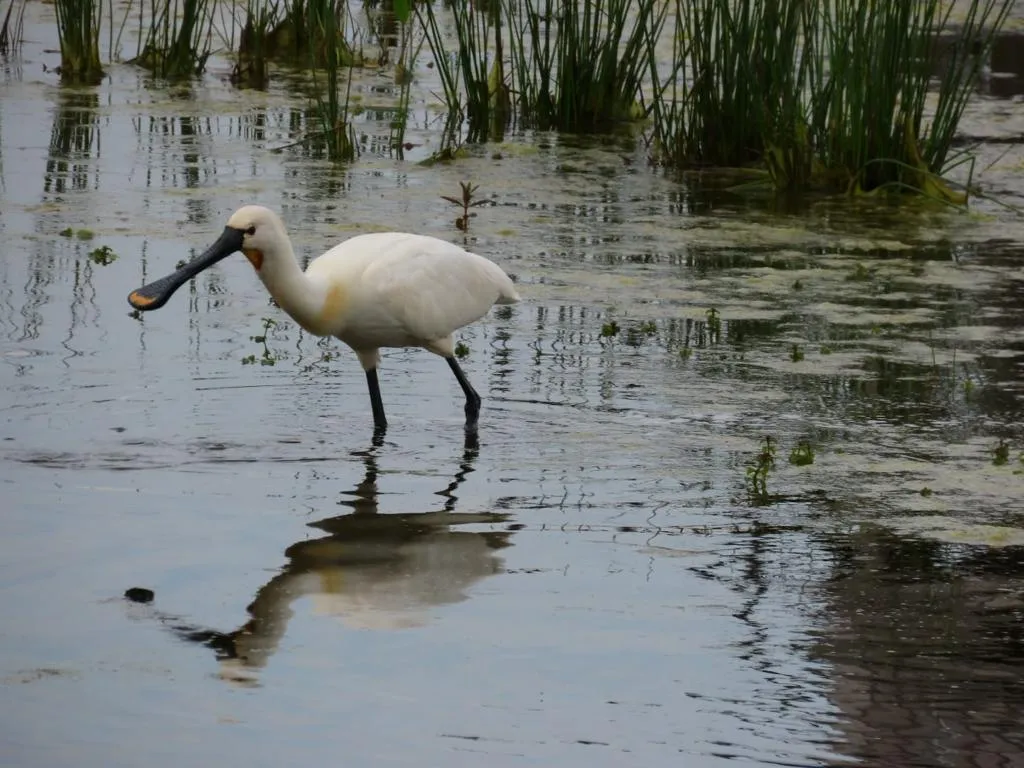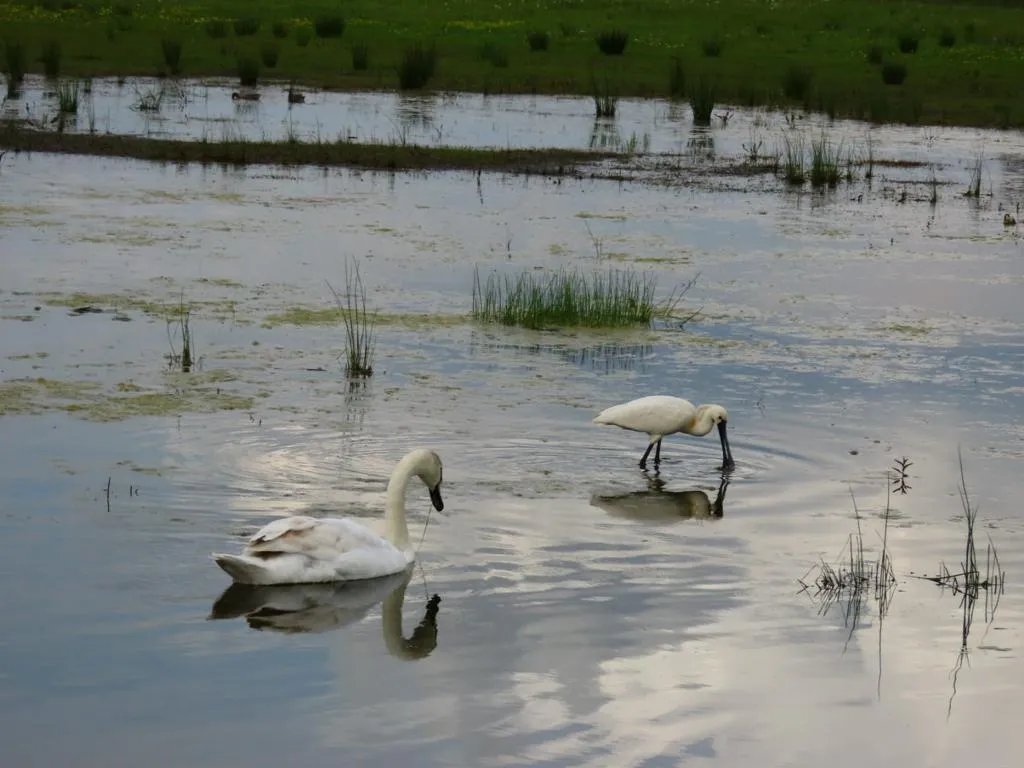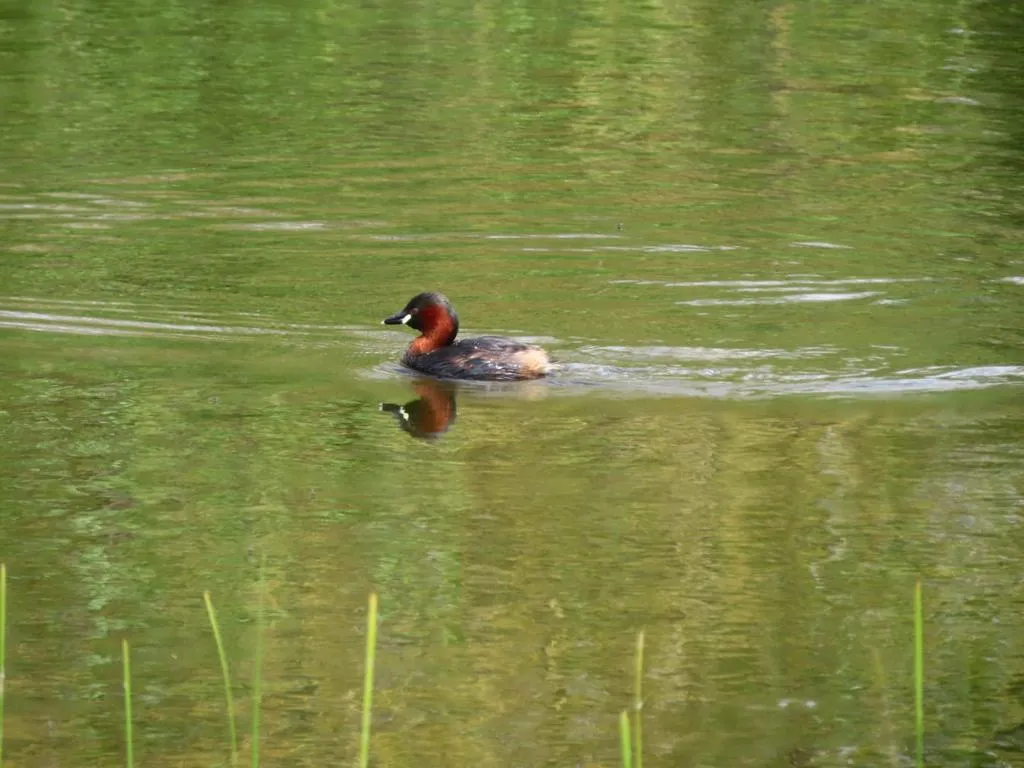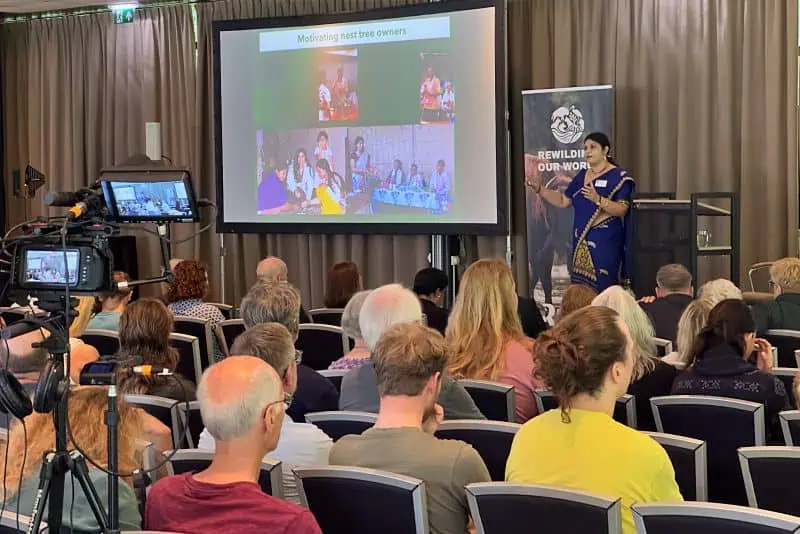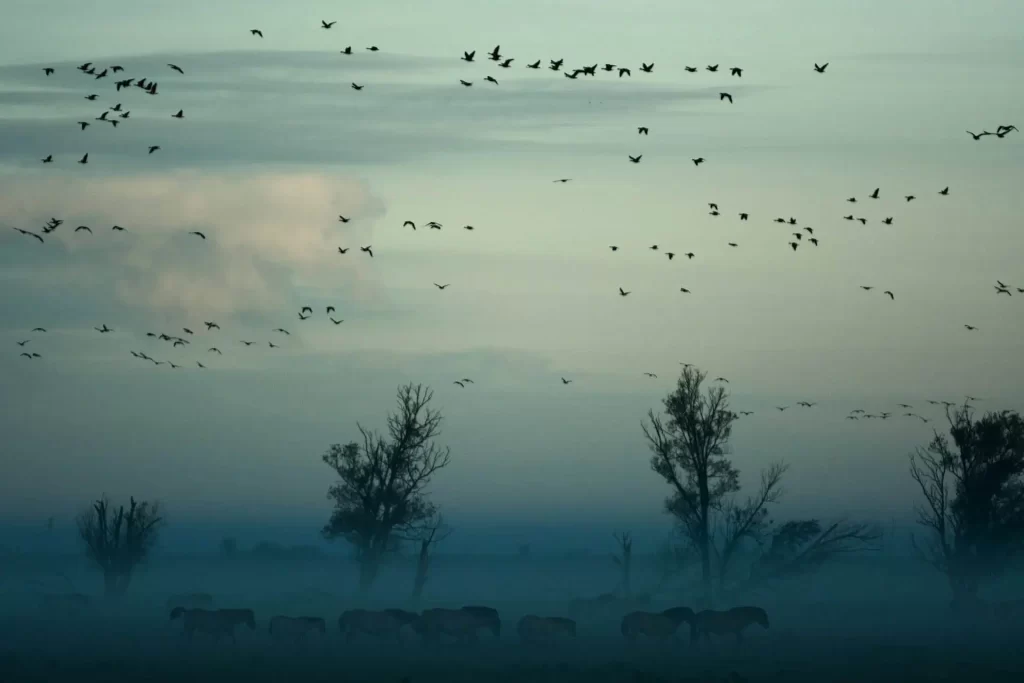Share:
Rewilding the “Binnenveldse Hooilanden” in the Netherlands
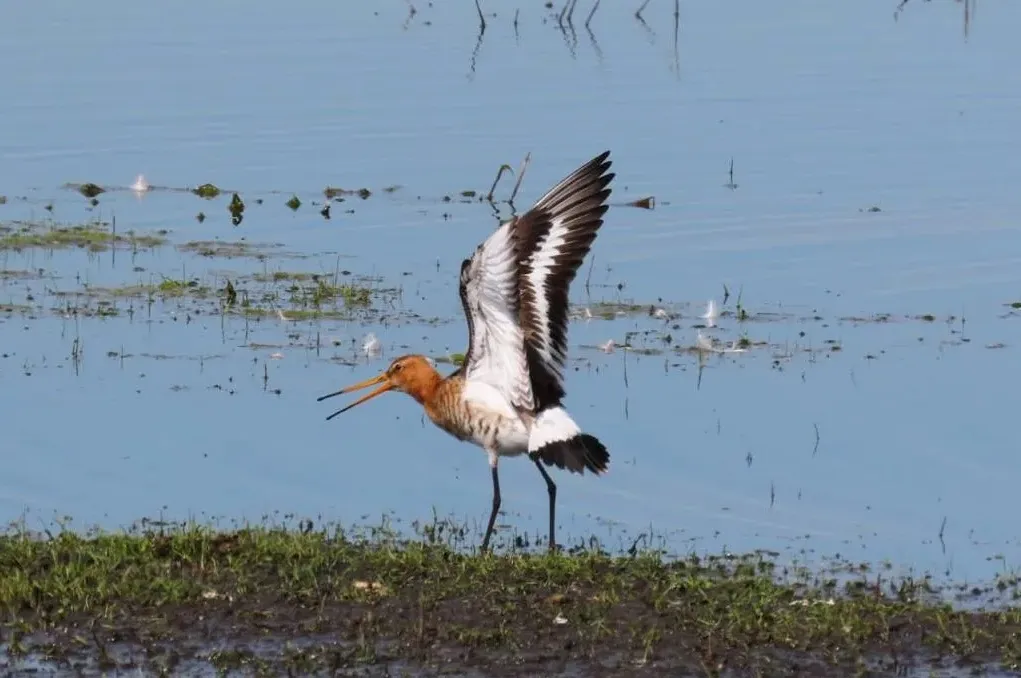
In the ecologically diverse region of Veenendaal, Rhenen, and Wageningen/Ede in the Netherlands, a captivating landscape has recently experienced a remarkable resurgence, breathing new life into its vibrant ecosystems.
Known as the “Binnenveldse Hooilanden,” this expansive land spans nearly 300 hectares and is nestled between the Veluwe and the Utrecht Ridge. Also called the wetlands of Ede, it is a chain in the Gelderland Nature Network. A section of the Binnenveldse Hooilanden is Natura2000 area. Shaped during the previous ice age, this area is presently undergoing restoration.
The restoration plan was executed over a span of two years, from 2019 to 2021. Despite the relatively brief timeline, the collaborative efforts of three key parties—the farmers, citizens, and the state forestry department “Staatsbosbeheer”—have already yielded significant positive impacts on biodiversity. Key measures implemented include:

Soil
Gently excavating the nutrient-rich topsoil, allowing it to recede (a process known as atrophying).
Groundwater
Restoring the water level to its natural state, is achieved through effective drainage of ditches.
Surface water
Rehabilitating an ancient, meandering stream to its former glory.
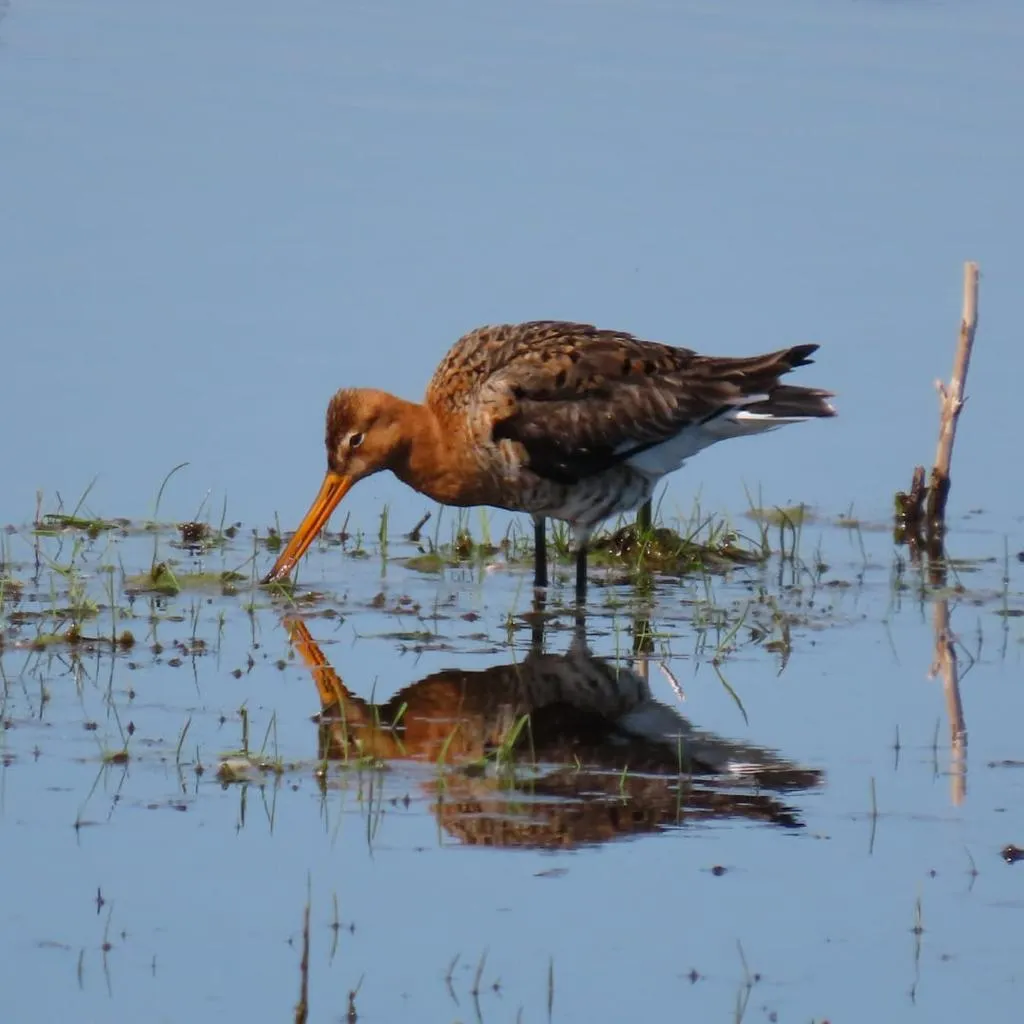
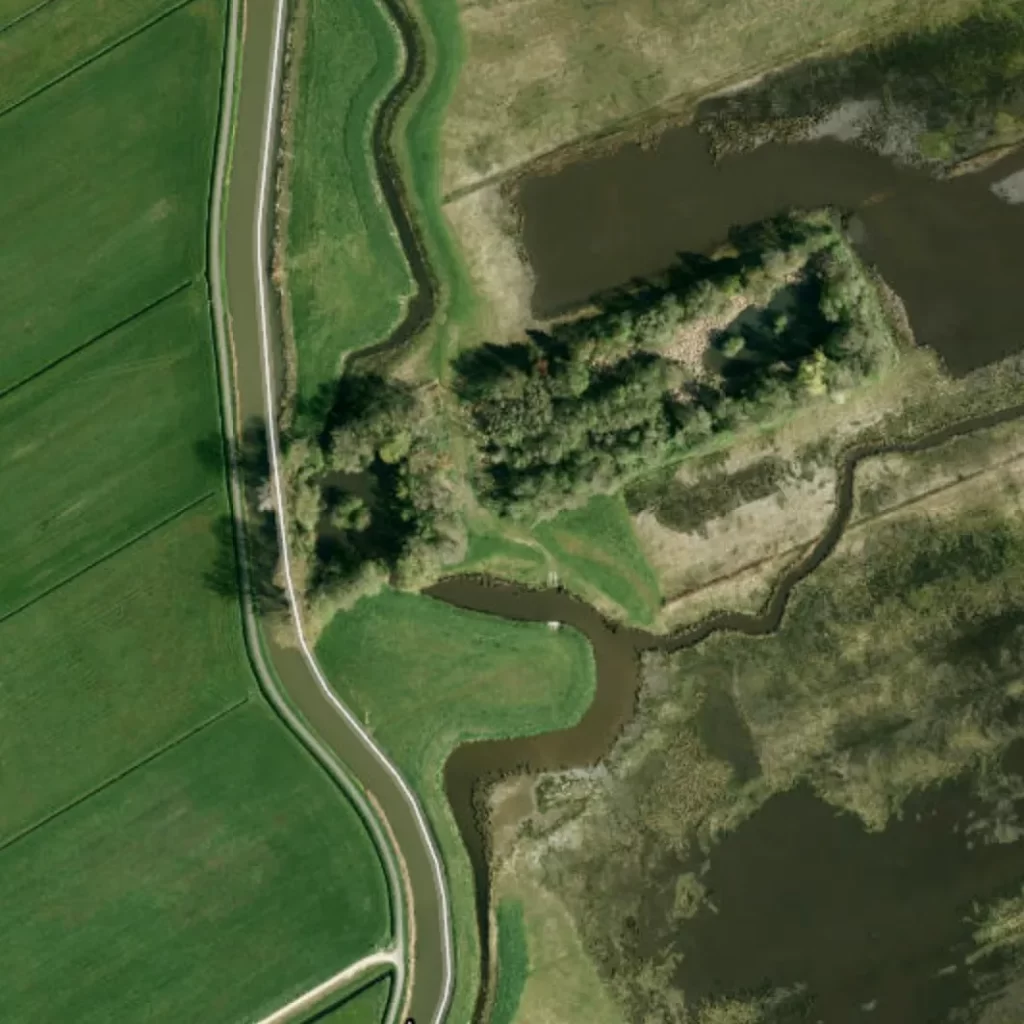
These efforts have already led to the emergence of diverse flora such as kingcup hay meadow, bluegrass meadow, and quaking bog. Remarkably, in 2021 alone, there were 56 different species of breeding birds recorded, 14 of which were classified as endangered according to the red list. A comprehensive survey conducted in 2022 identified over 200 species of vascular plants in the area, owing in part to the topsoil removal, which brought long-dormant seeds from the subsoil back to the surface.
Once again, the process of rewilding—restoring natural ecological dynamics—and the inherent resilience of nature itself have clearly demonstrated their ability to enhance overall biodiversity.
